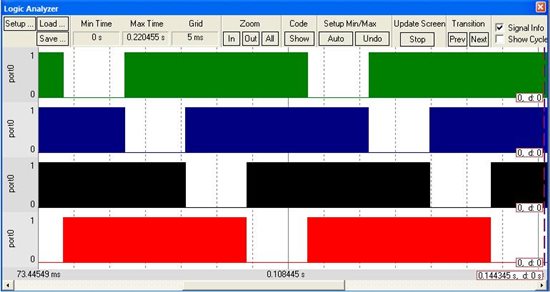Hi,
My application involves rotating a stepper motor, which is connected to a pump, in micro steps. For this purpose I have choosen a PWM driver IC - DRV8432. I have interfaced it with a ARM7 processor which generates the required PWM pulses and feeds to the driver IC and the driver's output is connected to the motor. I have tested this setup on various stepper motors and they are rotating satisfactorily. But, now I want to know the motor I am rotating, is rotating with how many number of micro steps. I mean what code I have written to generate those PWM pulses, is for how many micro steps. Is there any fourmula which relates PWM frequency to no. of micro-steps? Please help!


